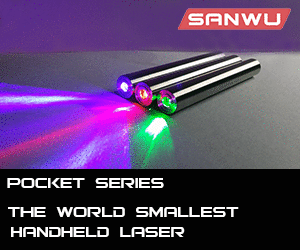- Joined
- Mar 29, 2013
- Messages
- 1,221
- Points
- 63
Ok, this has been bugging me forever. I see two possible scenarios.
I am a laser builder but i am still not familiar with basic electronics so that is sad. Sorry
Case positive: You make the case +, but then how do you wire the driver with just the negative from the battery?
Case negative: The positive output from the driver will short with the negative case where the + goes to the diode.
SO HOW DO YOU DO IT?
This also brings something else up.
I have heard that some build require a driver with a Continuous ground. What is that VS. Non-continuous ground?
Is there continuous +?
Thanks guys
-Matt
I am a laser builder but i am still not familiar with basic electronics so that is sad. Sorry
Case positive: You make the case +, but then how do you wire the driver with just the negative from the battery?
Case negative: The positive output from the driver will short with the negative case where the + goes to the diode.
SO HOW DO YOU DO IT?
This also brings something else up.
I have heard that some build require a driver with a Continuous ground. What is that VS. Non-continuous ground?
Is there continuous +?
Thanks guys
-Matt
Last edited:




